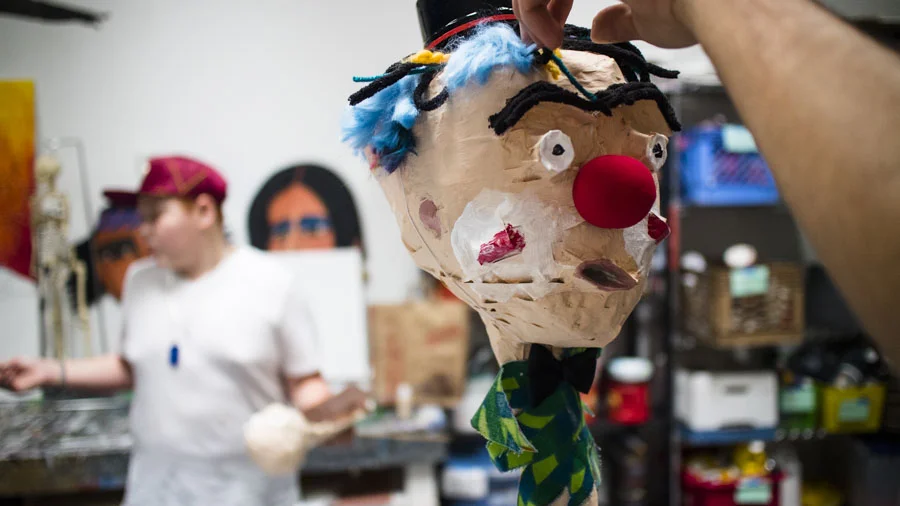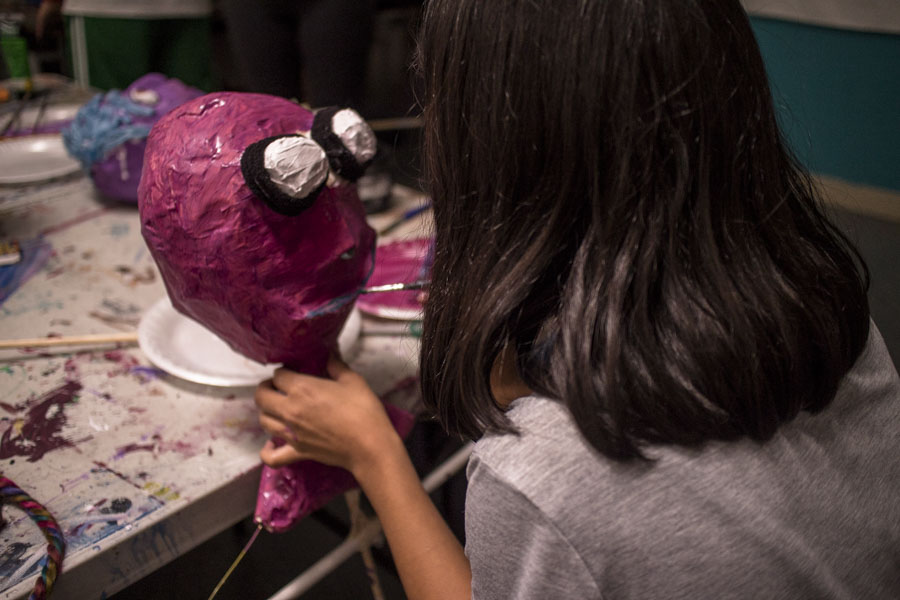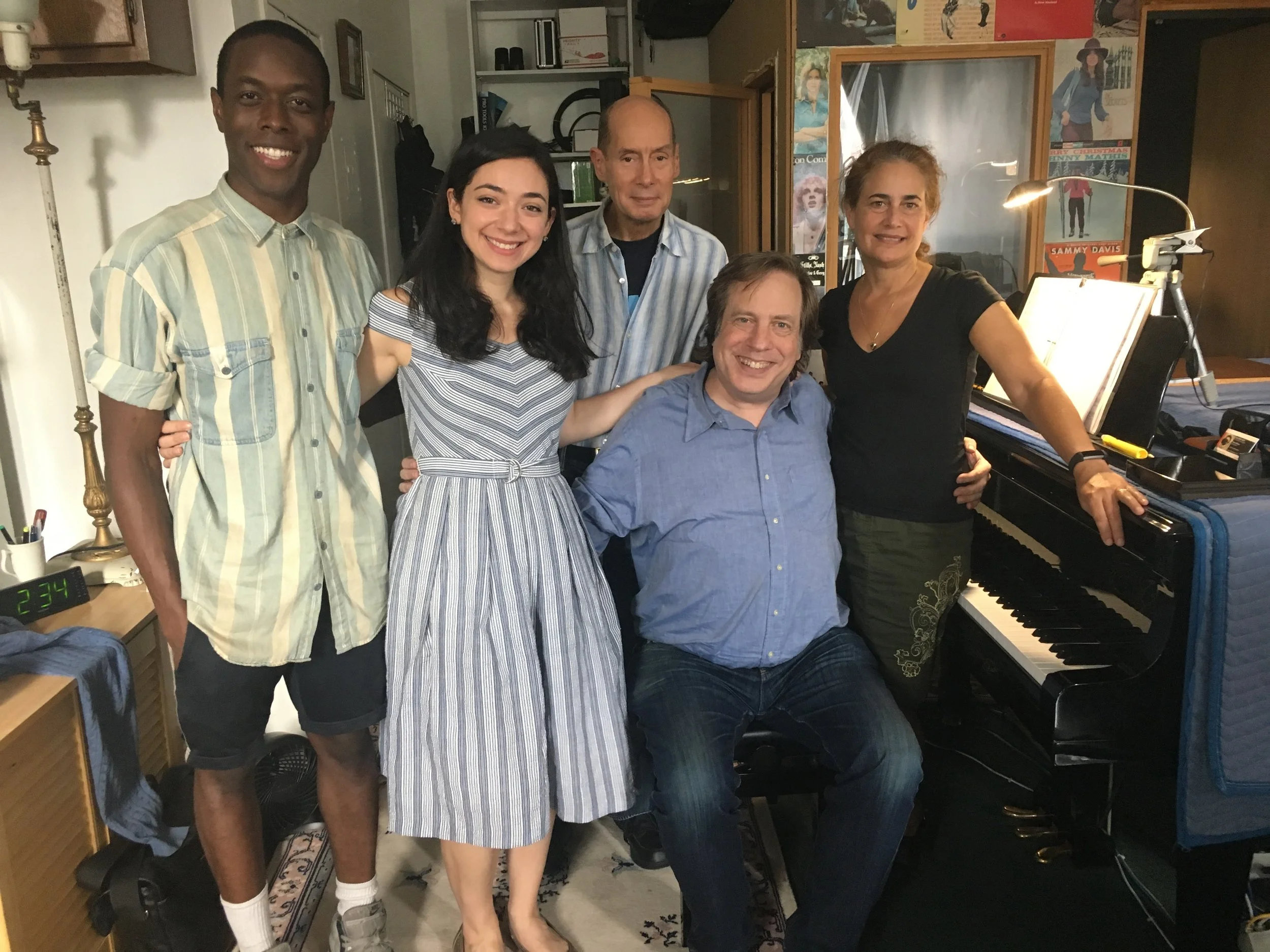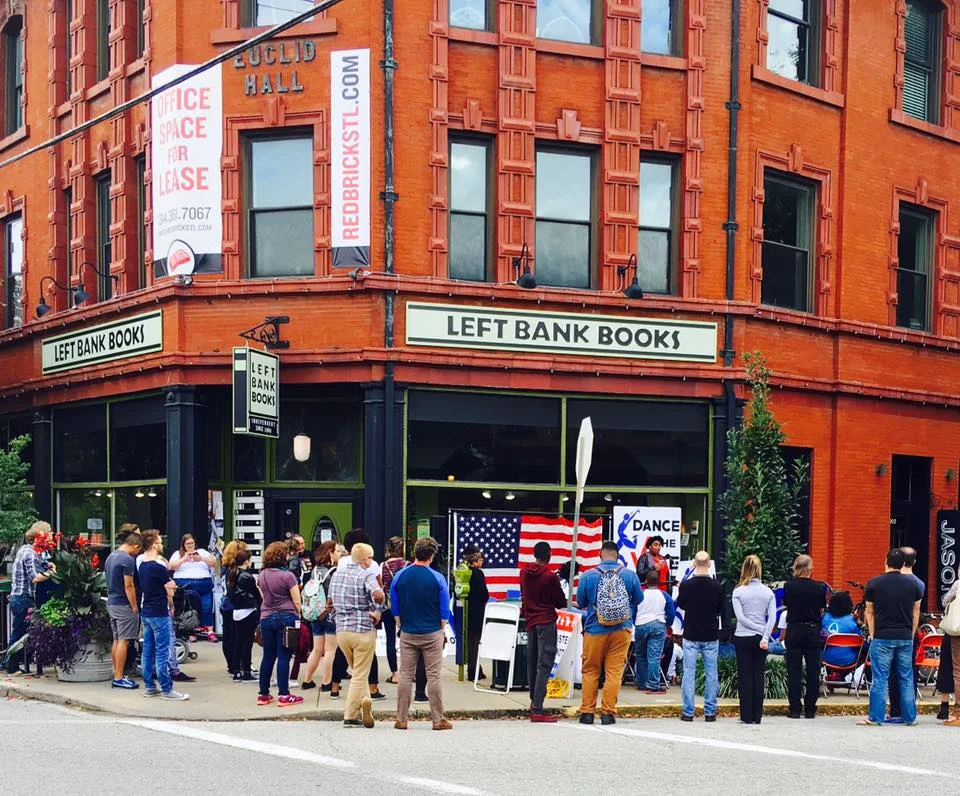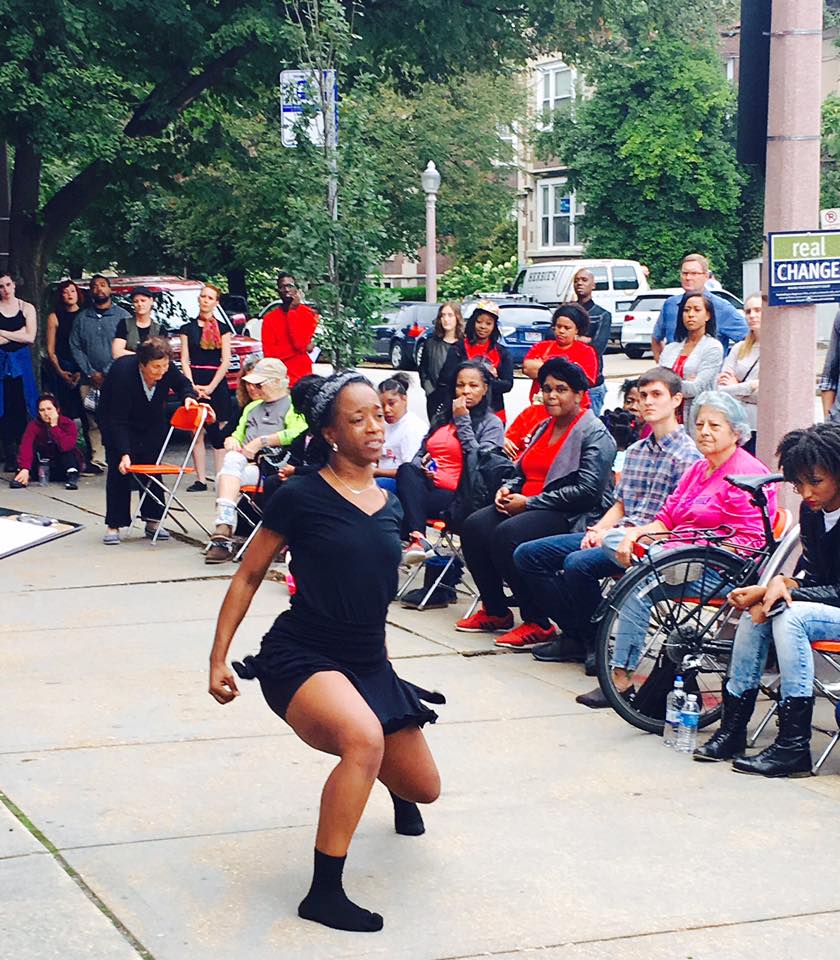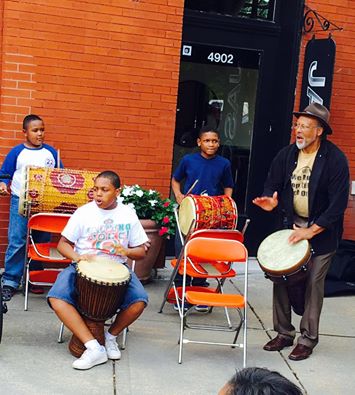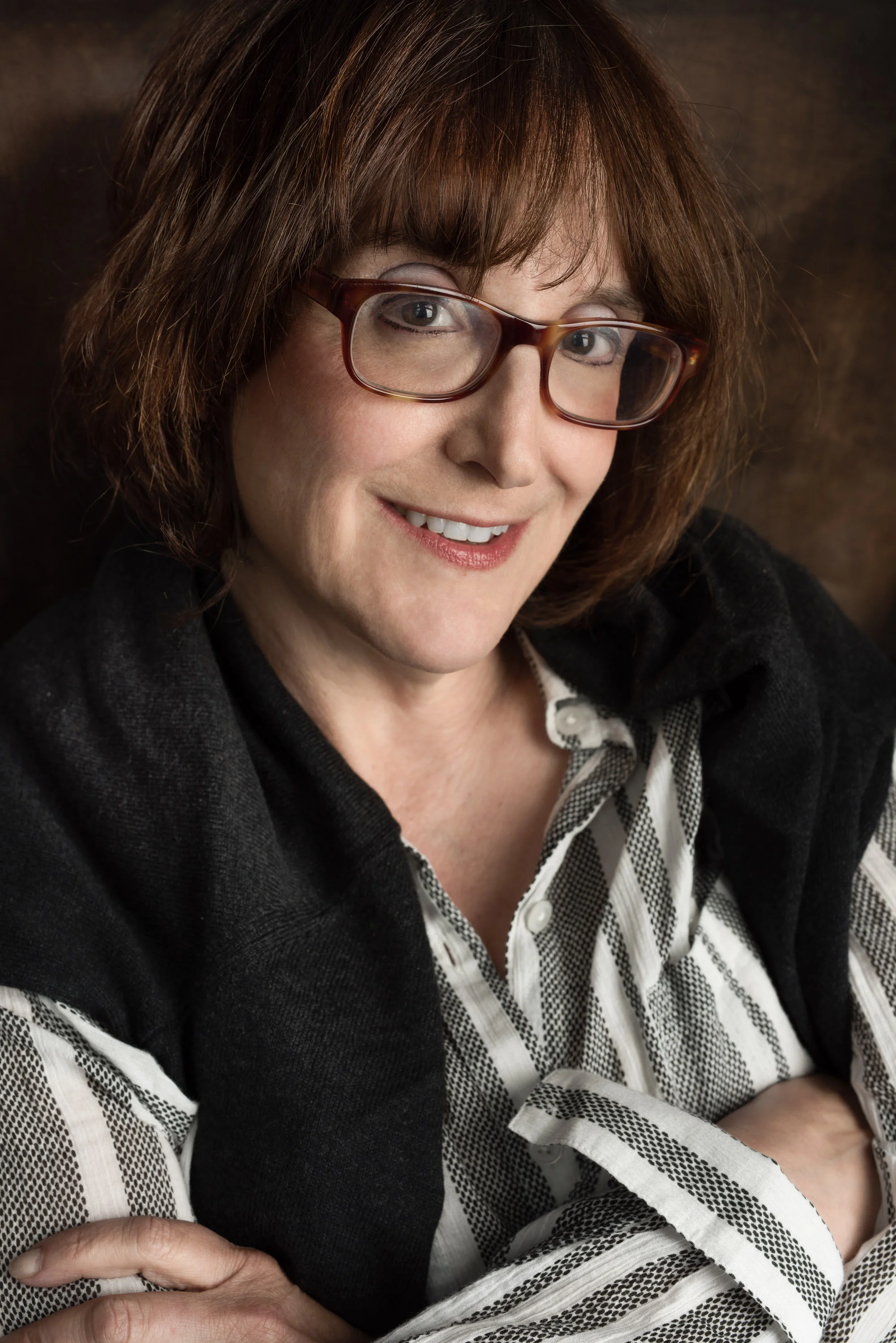The H.E.A.T. Collective was founded by Artistic Director Jessica Litwak to create, advocate and inspire artistic expression rooted in healing, education, activism, and theatre. We work to build collectives in every context: in our performances, workshops and community events. Engaging artists across the world, we aim for powerful bridge building art of courageous generosity. In this series, guest experts will write a piece representing each letter of H.E.A.T. - week one will be healing, week two is education, week three is activism, and the last week of the month is theatre. Together these pieces will highlight the work that is being done across all aspects of The H.E.A.T. Collective in the hopes that we can ignite dialogue, spark further exploration, and encourage more people to get involved.
Puppets For The People is a workshop that uses puppet building as a healing tool. As a theatre artist and drama therapist, I developed this creative and therapeutic puppet-making workshop where participants learn how to build a puppet using simple materials and then bring it to life.
This puppet workshop developed out of my search for cultural competence. I wanted the people I was working with to feel free to express rage, sorrow, and desire without feeling the oppression of having to communicate in languages of privilege- including the languages of theatre, movement or performance, I soon discovered that building the puppets in this way allowed each participant to make something deeply and uniquely his/her own. The expression of the puppet’s voice that followed the actual creation seemed much fuller and freer than other theatre or drama therapy tools I had tried .
Building these simple puppets for the healing of trauma in polarized communities, zones of conflict, with children, incarcerated women, in domestic violence shelter, in refugee camps, as well as in theatre departments and has proven to be very effective as means of inspiring free expression. The workshops have also been effective in part of training programs for drama therapists, Theatre of the Oppressed practitioners, theatre artists and human rights workers.
These puppet-building workshops have been done in in Palestine, India, Lebanon, all over Europe and the U.S. This unique form of puppet building allows participants to freely and deeply expresses themselves with hands, heart, body and voice.
I begin by building community and safe space before we construct the puppets. I will usually set up the supplies in a circle prior to participants entering the space, to uphold the ritual and beauty of the raw materials.
Then a warm up and a guided meditation serves to provide the participants with a context for their experience and helps participants choose something they want to bring into their lives (safety, forgiveness, love etc.) Each person discovers what sort of being s/he wants to create. Some examples, a family member or friend, an imaginary figure, a heroic person, a joker, a villain or a victim, an oppressor, oppressed, bystander, or ally, animal or alien or human. Then we build the “brain” of the puppet; workshop participants use objects, pens, paint, and paper to draw and/or write the secrets, wishes, dreams sometimes including meaningful objects. This creation becomes the actual core of the puppet head or “brain.” After building this inner life for the puppet, the heads and faces are formed around the brain with newspaper. We find the face in the paper, and hold and mold the face with masking tape. The heads are then filled with the secrets, wishes, dreams by way of drawings and/or meaningful objects. Then we cover the brain in newspaper and begin to build the head, finding the face of the puppet in the newspaper as we go. I ask people to remember what they’ve put into the brain as they build, letting those thoughts and feelings inform their fingers as they shape the face and head. We hold and mold the face with masking tape, covering every inch of it with the “skin” of tape.
Then the faces are decorated with paint, yarn, and all kinds of objects and art supplies such as feathers, buttons, beads, and ribbons, that help bring the puppet maker’s vision to full life. If it is a short workshop we finish with the heads. If the workshop is longer we build bodies onto the heads of the puppets using a wire hanger as a frame and then more newspaper and tape, clothing, fabric to build out the body. As the puppet builders create their puppets I ask them to hear the voice of the puppets.
The puppet is mounted on a stick or dowel that the puppeteer operates with one hand. One arm of the puppet is built out, while the other is left open – with a hole in the fabric of the puppet’s clothing the puppeteer can use one of her/his arms to express gesture and animate the puppet with even more life. These puppets work best in performance when the puppeteers use their own bodies and voices in concert/collaboration with the puppets.
This section of the workshops culminates with introductions. Finally, the participants become puppeteers, moving through space with their creations and embodying the personalities and the voices by introducing their creatures to the other puppets in the room. I tell participants that their numbers will double by the end of the workshop- if I start with 10 participants there will be 20 of us in the room by the end of the workshop. Because we work so deeply from the brain outward, the connection between puppets and puppeteers is quite profound.
In a longer workshop, the puppeteers write short plays for the puppets and perform small shows with their new creations.
All participant’s experience, heritage, beliefs, age, ethnicity, gender, orientation and dis/abilities are celebrated in this process. Puppets can go to the depths of conflict transformation in ways human actors cannot. Like mask work, puppet work allows people to distance themselves from conflict and therefore find a way through it. Puppets can surprisingly solve problems that their human counterparts cannot. I hope this blog will offer a context to this work within the field of performance and peace building and then, working with the workshops as medium, discover the theories that support the practice. It is my goal to create sacred zones of respect and community, while encouraging true expression with courageous generosity.
Jessica Litwak is an Internationally recognized theatre educator, playwright, director, performer, puppet builder and drama therapist. She is the Artistic Director of The H.E.A.T. Collective and The New Generation Theatre Ensemble for Youth, and the founder of Artists Rise Up New York. Her plays include The Emma Goldman Trilogy, Wider Than The Sky, the FEAR Project, Secret Agents and My Heart is in the East. Her work is published by No Passport Press, Smith & Krause, Applause Books and The New York Times. Litwak is a core member of Theatre Without Borders, a PhD in Theatre For Social Change, and a Fulbright Scholar.













